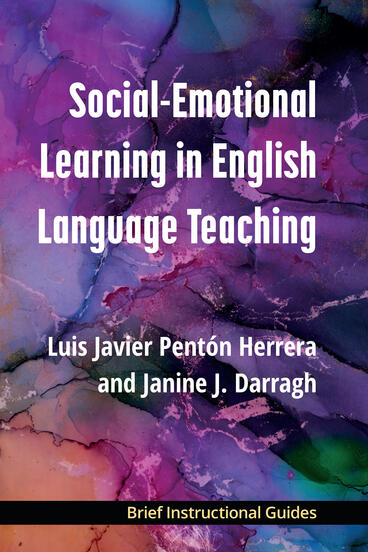Social-Emotional Learning in English Language Teaching
Approaching language education in a way that fosters emotional intelligence
Description
In an era where the world feels increasingly interconnected yet divided, Social-Emotional Learning in English Language Teaching unveils the profound impact of incorporating social-emotional learning (SEL) into language education. With compelling narratives and relatable examples, the authors showcase how emotional intelligence, empathy, and well-being are not just buzzwords, but essential elements for thriving in today’s global community. Through the lens of language education, they introduce the concept of affective communicative competence and advocate for a practice of responsible well-being that aims to support the holistic well-being of educators and learners. Blending meticulously researched theory with practical applications, the book is structured to facilitate both comprehension and application through practical SEL activities or reflective questions. As a critical resource for educators, researchers, and policymakers aiming to enrich the language-learning landscape, Social-Emotional Learning in English Language Teaching equips practitioners with the tools to foster environments where social-emotional and linguistic growth can flourish in tandem.
Luis Javier Pentón Herrera is Professor at Akademia Ekonomiczno-Humanistyczna w Warszawie, Poland.
Janine J. Darragh is Professor of Literacy and ESL at the University of Idaho.
Reviews
“The true strength of this book lies in the practicality of the way the material is presented. The word choices are accessible for a beginning teacher but provide vocabulary and information that an experienced teacher can learn from. This book could be used in a course or in professional development training for teachers, administrators, and staff working with young students, students in higher education, and adult language learners. It provides examples and scenarios that really make it friendly and useful for explaining concepts. Audiences will include new teachers who have no knowledge of SEL and proficient teachers looking for a book to use when teaching and presenting about SEL.”
- Gilda Martinez-Alba, Towson University

